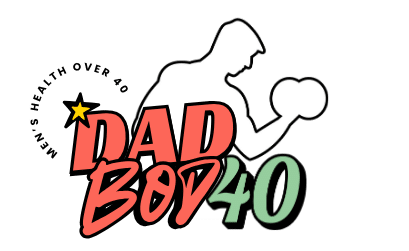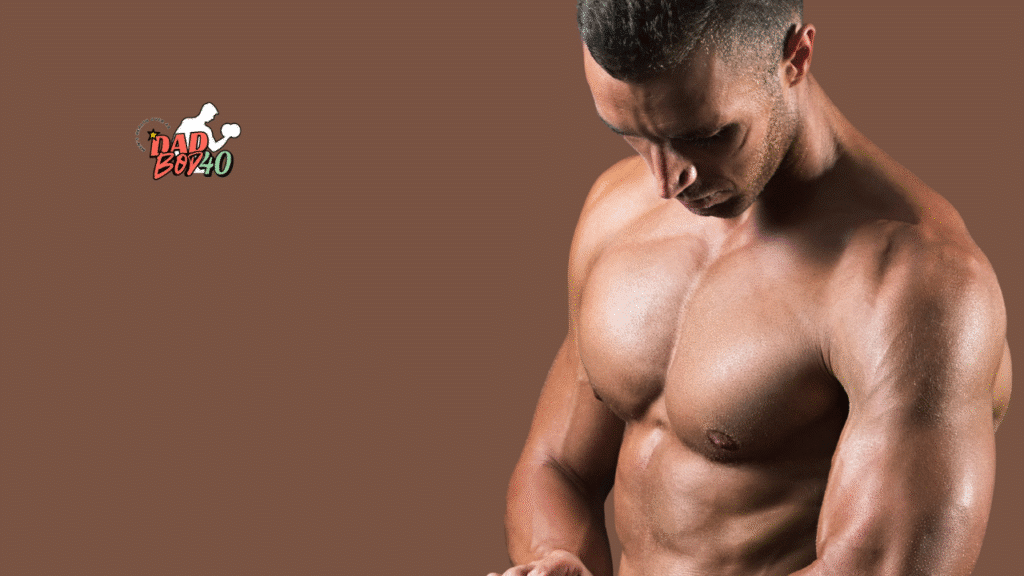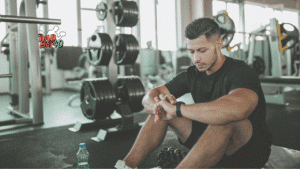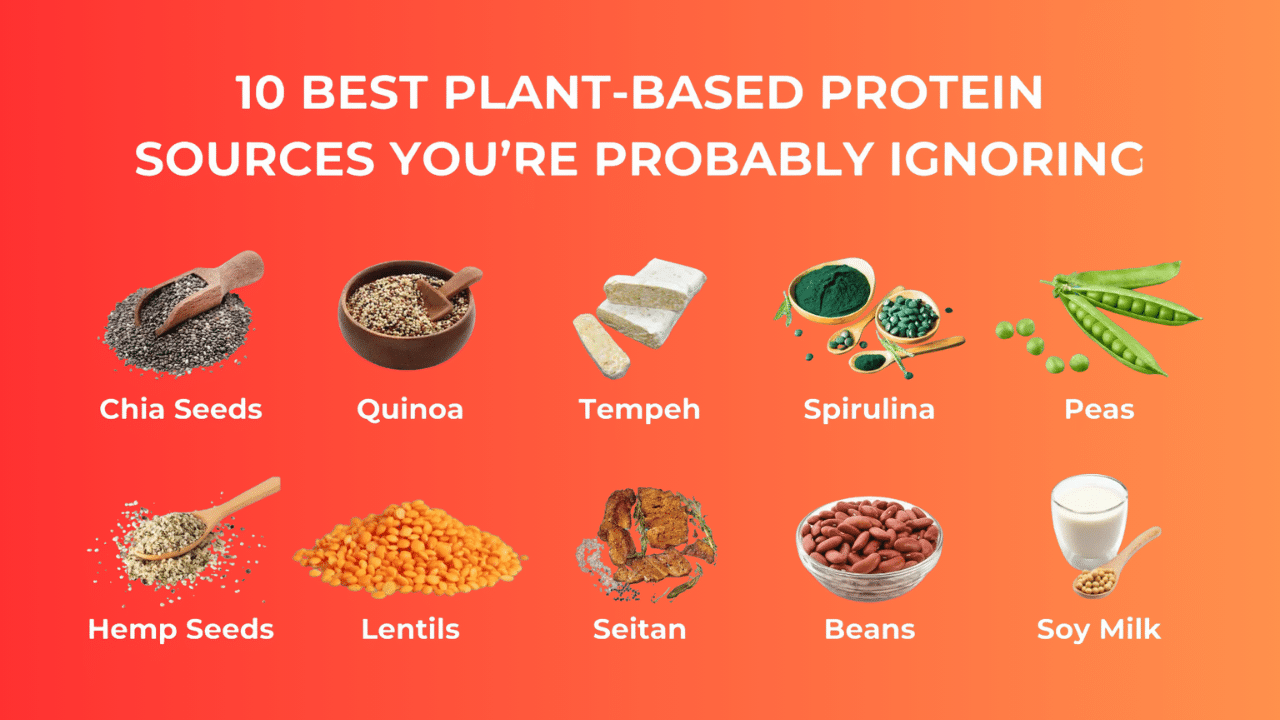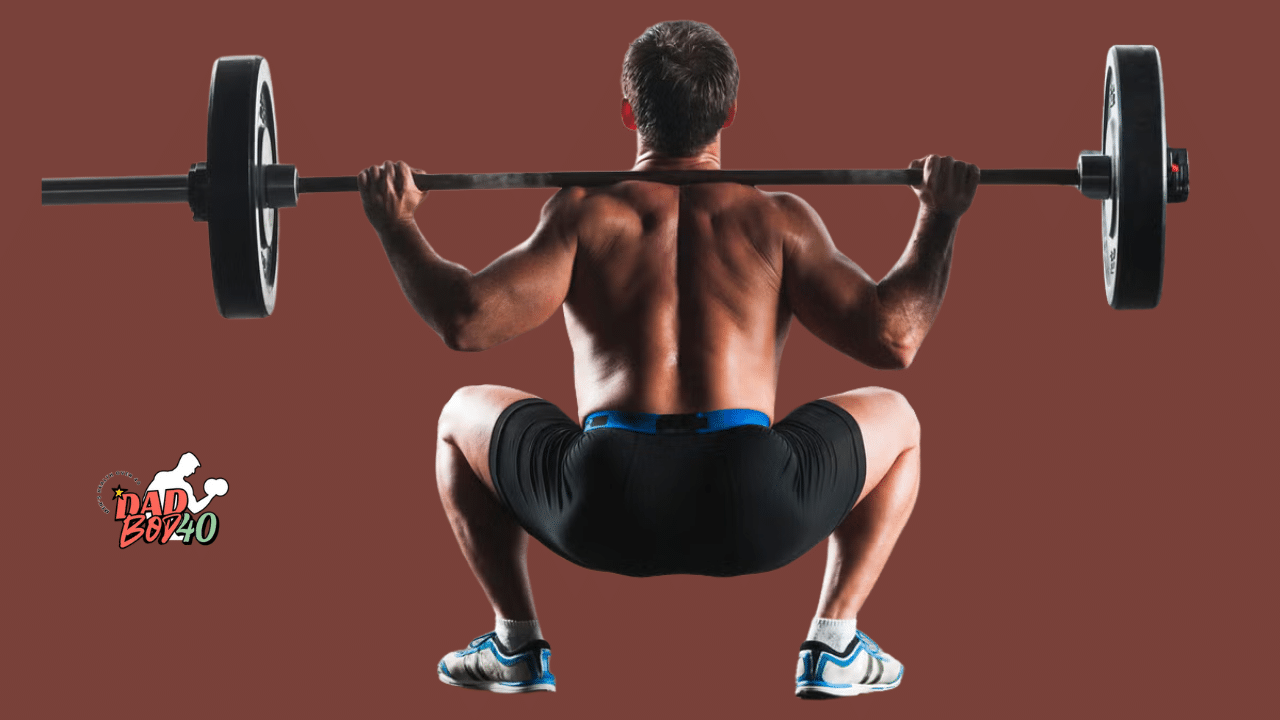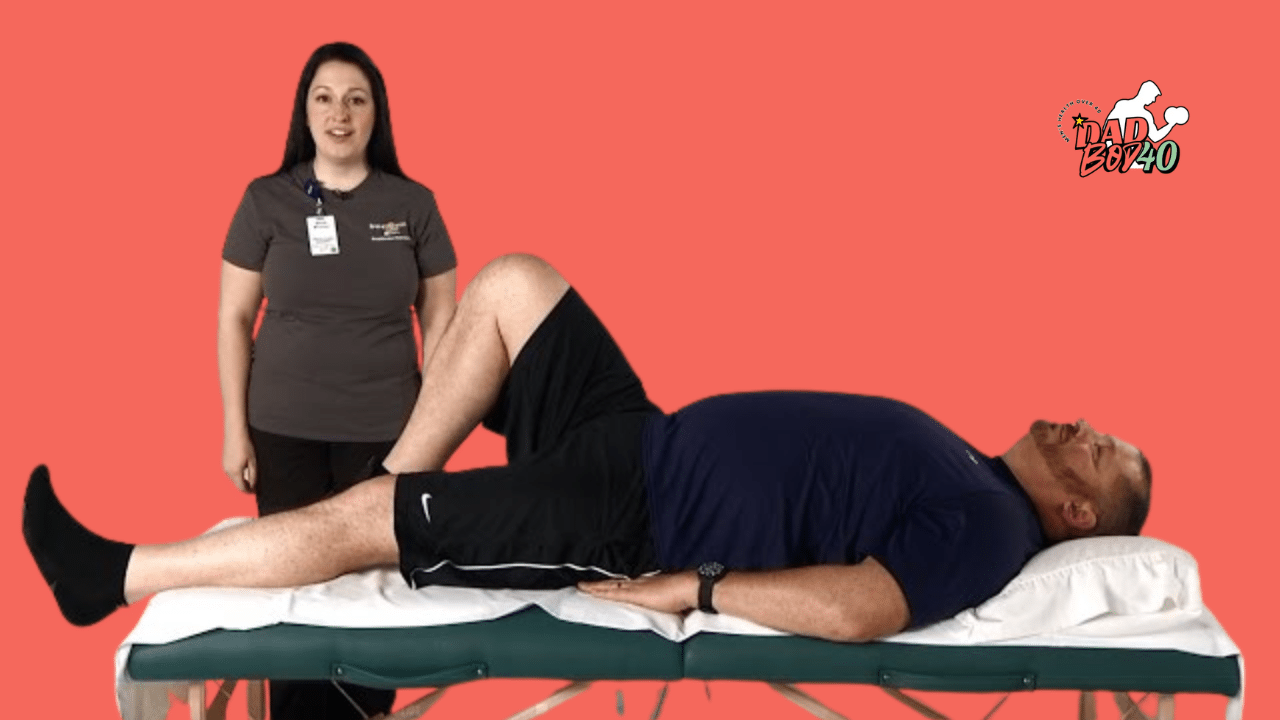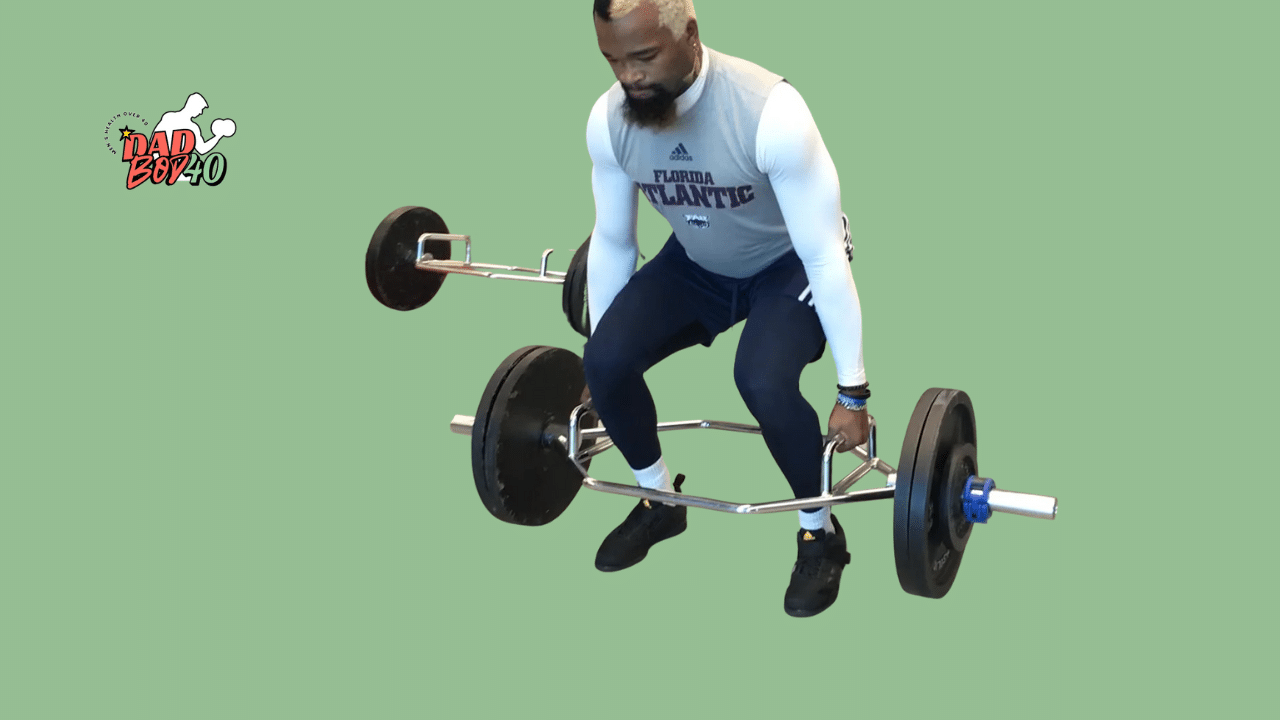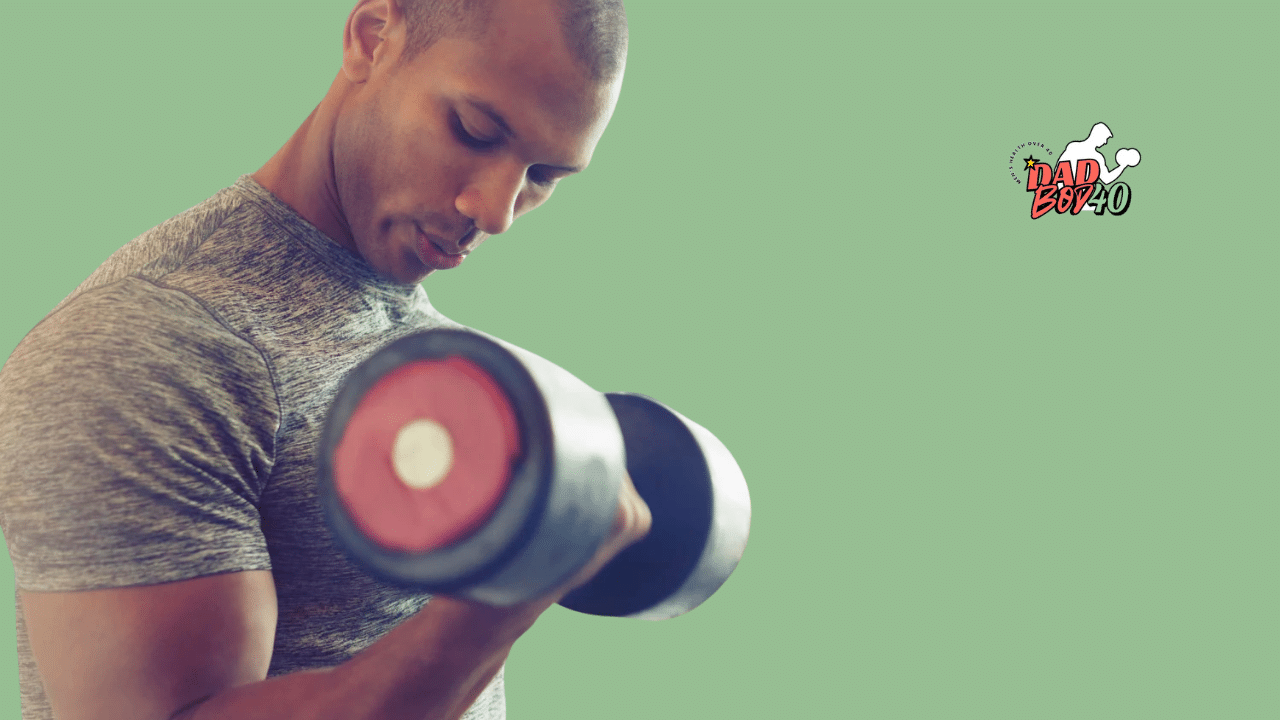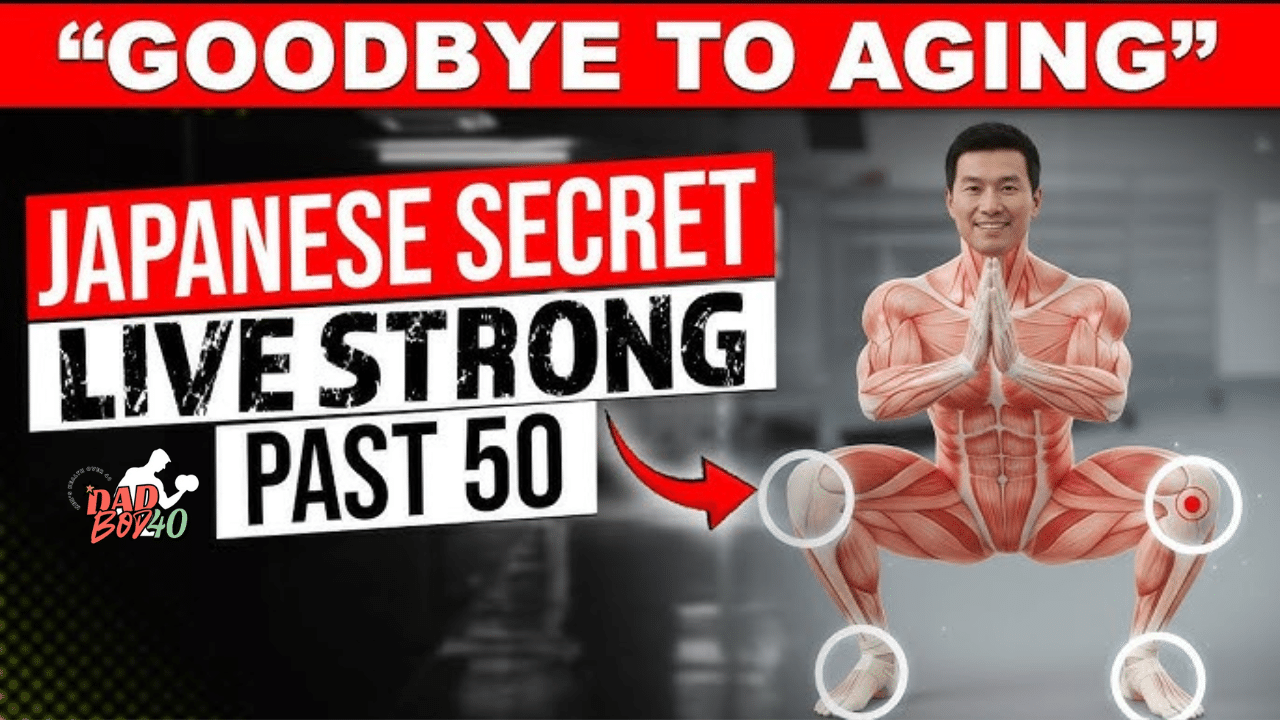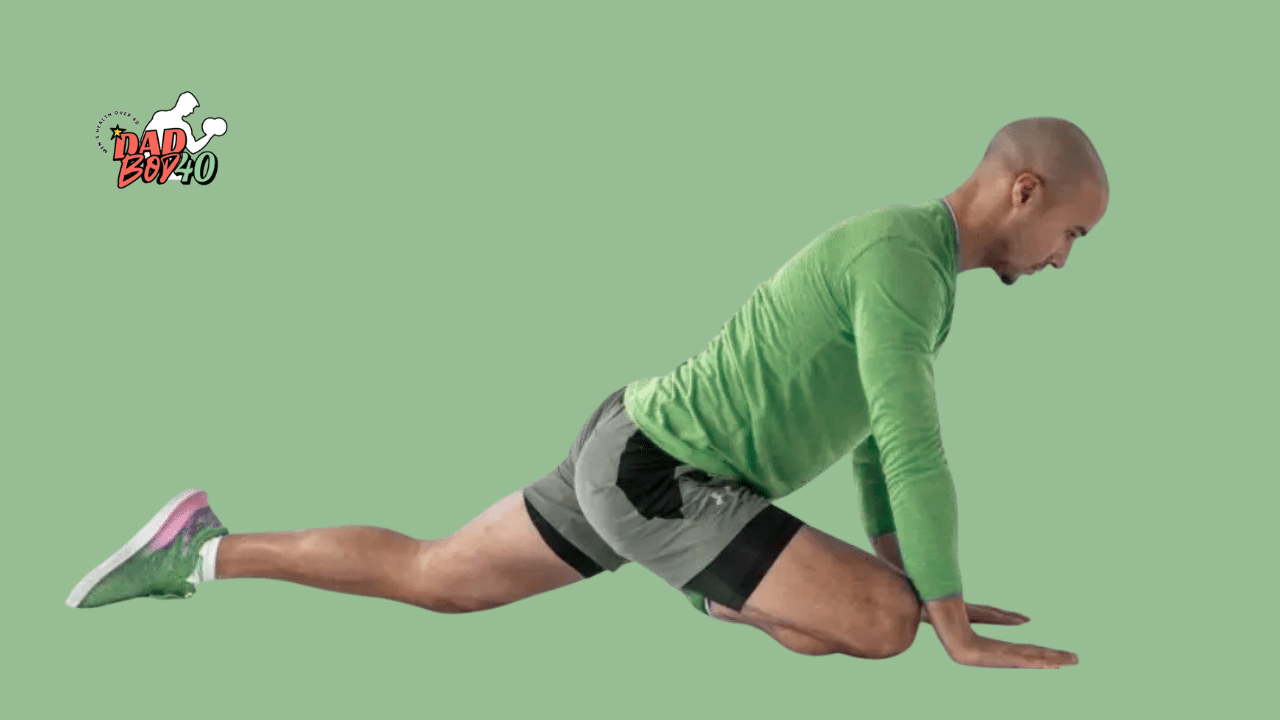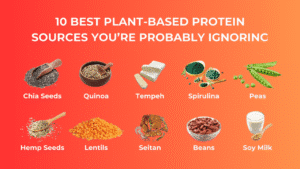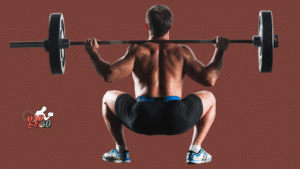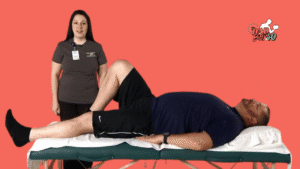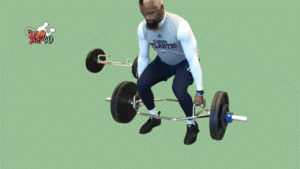Determining the Best Rest Periods Between Sets During Training
Hey guys, it’s Joshua Van here, the guy behind Dad Bod 40, your go-to spot for all things health and fitness tailored to us fellas over 40. You know, determining the best rest periods between sets during training has been on my mind a lot lately especially since hitting my mid-40s, when those quick recoveries from my younger days just don’t happen anymore. Figuring out determining the best rest periods between sets during training right can make or break your gym time, helping you build strength without feeling wrecked the next day.
I’ve been tinkering with my own routines for years now, and let me tell you, getting those pauses dialed in has kept me consistent and injury-free. We’re talking real talk for men over 40 who want to stay strong, maybe drop a few pounds, and not let age slow us down. Hang with me here, and I’ll share what I’ve learned from poring over the latest studies and chatting with trainers who get our vibe.
Key Takeaways
- Shorter rest periods rev up endurance but can wear you out fast if you’re not careful.
- For packing on muscle, aim for 1-2 minutes between sets, but us older guys might need a bit more.
- Strength lifts? Give yourself 2-5 minutes to catch your breath and keep the power coming.
- Listen to your body age means tweaking things for better recovery.
- Mix in good eats and maybe some supps to make those breaks count even more.
Why Those Breaks Between Sets Hit Different After 40
Man, remember when you could bang out sets with hardly a pause? Yeah, me too, but now it’s a different story. As men over 40, our bodies don’t bounce back as quick testosterone isn’t what it used to be, joints get cranky, and life throws more curveballs like late nights with the kids. That’s where smart rest periods come in; they’re not just downtime, they’re your secret weapon for better training results.
From what I’ve seen in my own workouts and heard from buddies, skipping proper rests leads to sloppy form and nagging pains. But drag it out too long, and you lose that fire. The trick is finding what works for your goals, and luckily, fresh research backs up some solid advice.
What the Latest Research Says on Rest Times
I dug into some recent stuff, like a 2024 Bayesian meta-analysis from Frontiers in Sports and Active Living, which looked at bunches of studies. They found that for muscle growth, resting more than 60 seconds gives a slight edge, but going over 90 might not add much extra. Another review from earlier this year in the Journal of Strength and Conditioning Research echoes that, suggesting 1-2 minutes is prime for hypertrophy.
For us in the over-40 crowd, a 2025 piece on heavy strength training in older adults recommends 3-4 minutes between sets to keep things safe and effective. It’s all about giving your energy systems time to reload without overtaxing the system.
Matching Rest Periods to What You’re After in the Gym
Every workout’s got its own flavor, right? Here’s how I’ve adjusted rest periods between sets based on my aims, and what the pros say lines up.
Building That Raw Strength and Power
When I’m chasing heavier lifts like maxing out on deadlifts or presses I take my time, usually 2-5 minutes. It lets me shake off the fatigue and hit the next set strong. Stuff from Set Graph and Fitbod backs this; longer breaks help you maintain those big weights. Especially for men over 40, this cuts down on injury risk, as per the American College of Sports Medicine guidelines.
Growing Muscle Without the Burnout
For adding size, I go with 1-2 minutes keeps the pump going and hormones flowing. A Bar Bend meta-analysis from last year nailed it: that’s the sweet spot for most folks. But hey, if you’re feeling wiped, stretch it to 90 seconds or so; recent takes from Jim Stoppani suggest experienced lifters do better there. In my experience, this has helped me fill out my shirts without joint drama.
Boosting Endurance and Burning Fat
If it’s circuits or high-rep stuff for stamina, I keep it snappy 30-60 seconds max. Healthline and NSCA say this builds that lasting power. For older guys, though, watch it; a UC Health article from this year warns against pushing too hard without enough recovery days mixed in.
Stuff That Affects How Long You Should Chill
It’s personal, you know? Age plays a big role we need more time as recovery slows. Throw in your diet; I always grab protein right after to speed things up. Supplements like creatine? They’ve shaved seconds off my needed breaks, lining up with what I’ve read.
And don’t forget intensity if it’s heavy, rest longer. I’ve learned the hard way: ignoring this led to a pulled muscle once. Now, I track it all in a notebook.
Screw-Ups I’ve Made (And How to Skip Them)
Oh boy, I’ve rushed rests and paid for it with bad form. Or gotten distracted by my phone and let minutes slip by. Set a timer, stay focused, and pay attention to how you feel. If your heart’s still racing, give it another beat.
Weaving This Into Your Daily Grind
Try this: For a basic session, rest 3 minutes on big moves like squats, 1-2 on arms. I do it Monday-Wednesday-Friday, adjusting if I’m sore. Over weeks, you’ll feel the difference in your training.
FAQs
What’s a good starting rest for newbies over 40?
I’d say 2 minutes flat gives you room to breathe without losing steam.
Does resting too long mess with gains?
It can if you’re zoning out for ages; keep it under 5 unless you’re going super heavy.
How do I tell if my break’s too brief?
If your lifts tank or you can’t finish reps, add some time.
Any good tools for timing rests?
Yeah, simple apps like a phone timer or ones like Interval Timer do the trick.
Change it up day to day?
For sure longer on tough days, quicker on easy ones.
References
- Frontiers in Sports and Active Living (2024 Bayesian Meta-Analysis on Rest Intervals)
- Journal of Strength and Conditioning Research (Latest Articles on Rest Intervals)
- PMC Heavy Strength Training in Older Adults (2025)
- SetGraph.app (2025 Guide on Rest Between Sets)
- BarBend (2024 Meta-Analysis on Optimal Rest Time)
- Healthline (Rest Between Sets Guide)
- American College of Sports Medicine Position Stand
